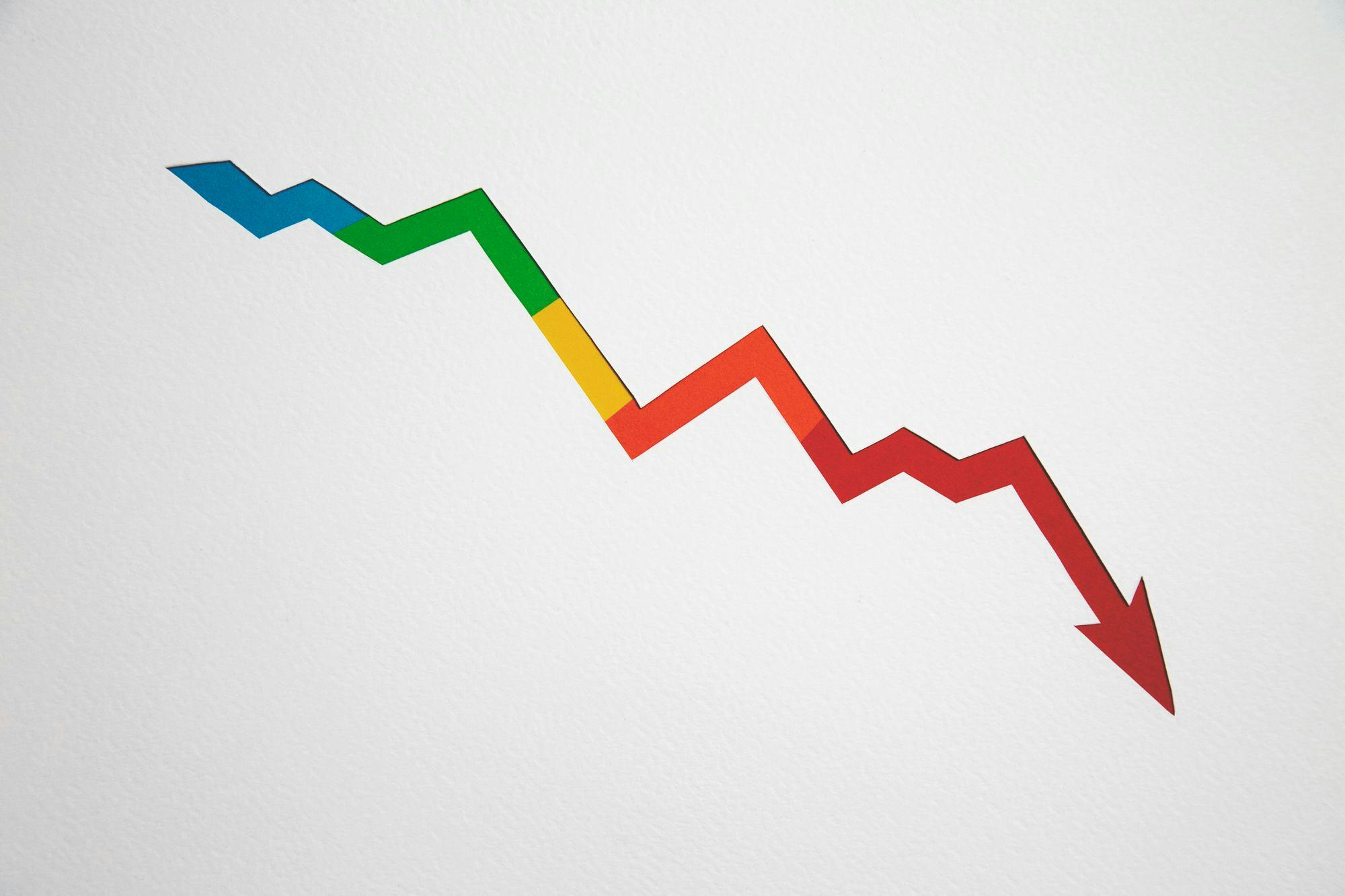When you're borrowing money, the interest rate is part of what determines how much that loan will cost you over time. The higher the interest rate, the more you will pay for the loan.
Since some loans carry different types of interest rates, however, you can't always just choose the lowest rate offered. If you're comparing fixed-rate loans to variable-rate loans, there are several more factors to consider, including how long you'll have the loan, which direction interest rates are generally headed, and whether your budget would be able to handle it if your rate increased in the future.
While car loans are typically fixed rate loans and credit cards are usually variable rate, most other types of loans come in both fixed and variable versions. You usually have the choice between a fixed or a variable rate loan when taking out a home equity line of credit, a student loan, or even a mortgage. Here's what you need to know to make the right choice:
Fixed-rate loans
A fixed-rate loan carries the same interest rate for entire duration of the loan. That means that your payment remains the same for the life of the loan as well.
Pros: Fixed-rate loans make it easier to plan for the future, since you know exactly what your payments will be, both now and in the future. In a rising rate environment, a fixed-rate loan can protect you from the impact of rising interest rates..
Cons: In exchange for the security of knowing that your rate won't ever go up, the starting rate for fixed-rate loans is typically higher than the starting rate on variable-rate loans.
Who they're best for: For borrowers who like to have certainty about future payments or who are planning to carry their loans over the long term. That's because the longer you have the loan, the higher the risk that interest rates will go up before you've finished paying it off, so you'll benefit from the predictability of locking in your rate.
Variable-rate loans
The rate of interest that you pay on variable-rate loans, also known as floating-rate or adjustable-rate loans, changes as market interest rates move. Typically variable-rate loans are tied to some benchmark, such as the LIBOR index, the benchmark rate that banks use to determine how much interest to charge each other. When that rate changes, the interest rate on a variable rate loan changes as well. Depending on your loan terms, your rate might be some fixed amount, say 2 percentage points, above that benchmark rate. The rate may change every month, or a certain number of times per year. Usually there's a cap on how high the variable rate could go if interest rates were to skyrocket.
Pros: The introductory rate on variable-rate loans is typically lower than the starting rate on a fixed-rate loan. On short-term loans or in an environment where interest rates are falling, it's possible to save money on a variable rate loan compared to what you'd pay for a fixed-rate product.
Cons: If interest rates go up steadily, the amount you pay each month on a variable rate loan will likely go up also, making the total cost of the loan much more than initially expected. It can be difficult to refinance for a lower rate in the future, since the rate charged on new loans by fixed-rate lenders typically also goes up along with market rates.
Who they're best for: Borrowers who have budgeted for loan payments that could increase over time and can afford to pay the highest-possible rate on their loan. Borrowers only planning to keep their loans for a small period of time might also be good candidates for variable-rate loans. That's because the risk of rates rising goes up over time. Variable-rate loans are more risky in an environment when interest rates are already very low since that means that they're more likely to go up in the future.
Bottom line
In addition to considering your budget, it's important to think about where market interest rates currently stand. If rates are high, a variable rate could benefit you in the long term especially if you were expecting to keep the loan for a while, but if they are low, locking in your low rate now is the best bet.
Regardless of which type of interest rate you choose, having a good credit score will give you access to the best possible rate.
